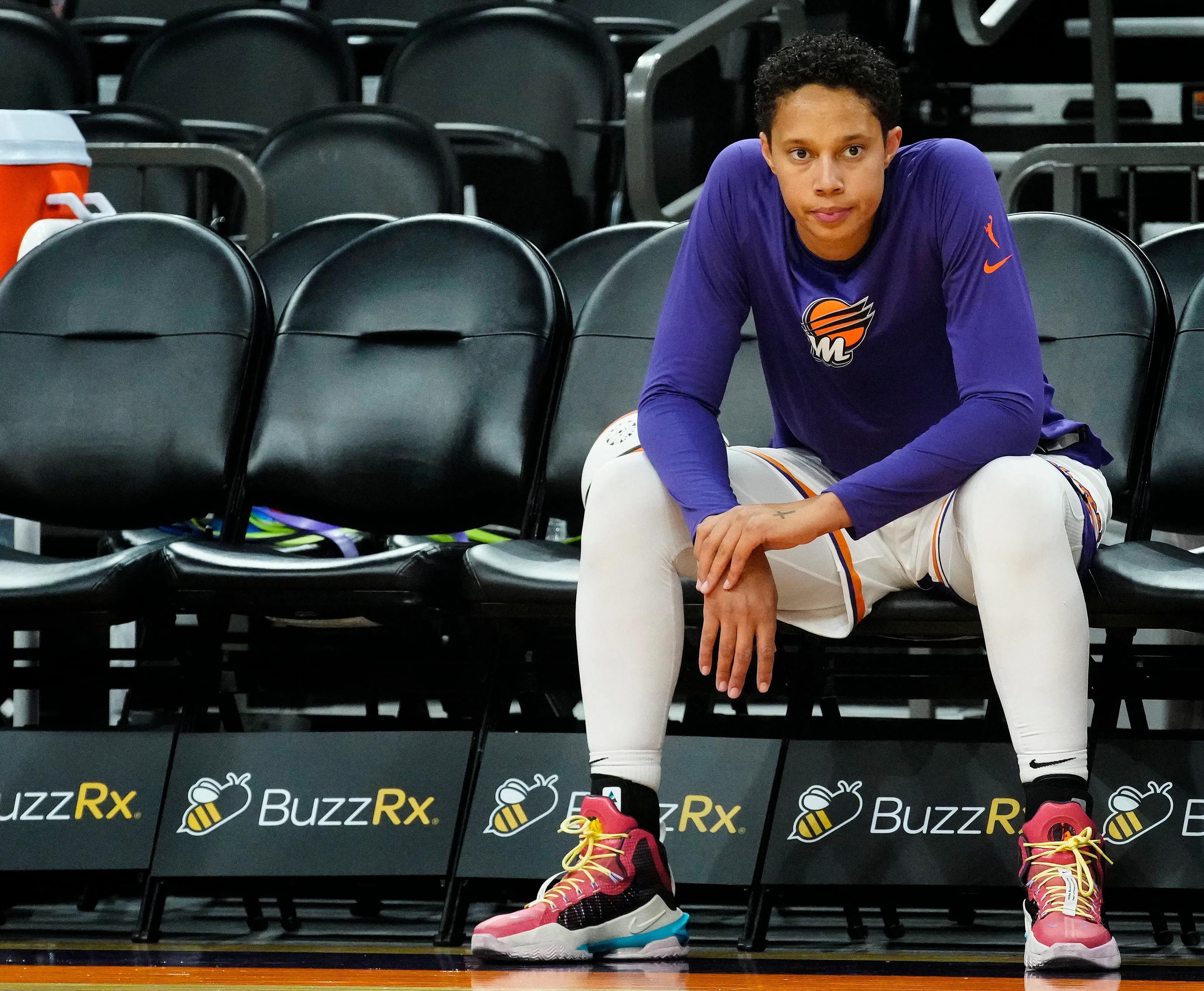The question, “How Much Do Wnba Players Earn?” is complex and multifaceted. It’s a question that sparks discussions about pay equity, league structure, and the global market for women’s basketball. The reality is that many WNBA players supplement their income by playing overseas during the off-season, highlighting a significant pay gap compared to their male counterparts in the NBA and other international leagues.
The Reality of WNBA Salaries
For years, WNBA players have sought opportunities abroad to increase their earnings, as WNBA salaries often fall short of what they can earn in Europe and other parts of the world.
In 2022, the average WNBA salary was around $102,751. The minimum salary was $62,285, while the highest-paid players earned a maximum of $234,936. While these figures represent progress, they still lag significantly behind NBA salaries. This disparity forces many WNBA players to compete overseas during the off-season to secure a more sustainable income.
Earning Potential Overseas
The exact salaries WNBA players can earn abroad vary, but reports suggest that some can earn hundreds of thousands of dollars. Before the COVID-19 pandemic, players in China could earn between $50,000 and $200,000 per month for a four-month commitment. In Turkey, salaries ranged from $350,000 to $400,000. Some of the league’s top players have even earned over $1 million playing overseas, particularly in Russia.
Brittney Griner’s detention in Russia brought attention to this issue. Griner was in Russia to play for UMMC Ekaterinburg, earning significantly more than she would have in the WNBA. While her situation deterred some players from going to Russia specifically, many still sought opportunities in other countries.
Factors Influencing WNBA Salaries
Several factors contribute to the disparity in pay between WNBA and NBA players:
- League Revenue: The WNBA generates significantly less revenue than the NBA. In 2019, WNBA players received 21% of the league’s $60 million revenue, compared to NBA players who received approximately 50% of their league revenue.
- League Structure: The “American model” used by the WNBA prioritizes profits, while the club team setup in Europe allows for more flexibility and financial support for women’s basketball. European clubs often have built-in fanbases and brand recognition, allowing them to invest more in their players.
- Media Coverage: The WNBA has historically struggled to attract media attention, which impacts advertising revenue and overall league valuation. However, viewership and online engagement have been increasing, indicating a positive trend.
WNBA Efforts to Improve Salaries
The WNBA is actively working to improve player salaries and overall conditions:
- Capital Raise: The WNBA raised $75 million in its first-ever capital raise, the largest in women’s sports history. This investment aims to drive the league’s brand and promote equity.
- Collective Bargaining Agreement (CBA): The current CBA, in place until 2027, includes a higher salary range, improved travel conditions, and revenue-sharing provisions. However, the revenue-sharing system has yet to be triggered.
- Prioritization Clause: This clause allows teams to fine and suspend players who do not show up on time for WNBA training camp or the start of the season, potentially affecting their ability to compete abroad.
Despite these efforts, base salaries as a share of total revenue actually decreased in 2022, highlighting the ongoing challenges in achieving pay equity.
The Future of WNBA Salaries
The future of WNBA salaries depends on continued efforts to increase league revenue, improve media coverage, and address systemic issues. Increased broadcasting of games, driving advertising revenue, and elevating the valuation of TV contracts are crucial steps.
“Broadcast partners need to realize that there is hunger, there is interest, and there is frankly demand for women’s sport to be elevated to a level that men’s sport has been elevated,” says Alicia Jessop, an associate professor at Pepperdine University.
While the WNBA has made progress, significant challenges remain in ensuring that its players are compensated fairly. The question of “how much do WNBA players earn?” will continue to be a focal point as the league strives for greater equity and sustainability.

